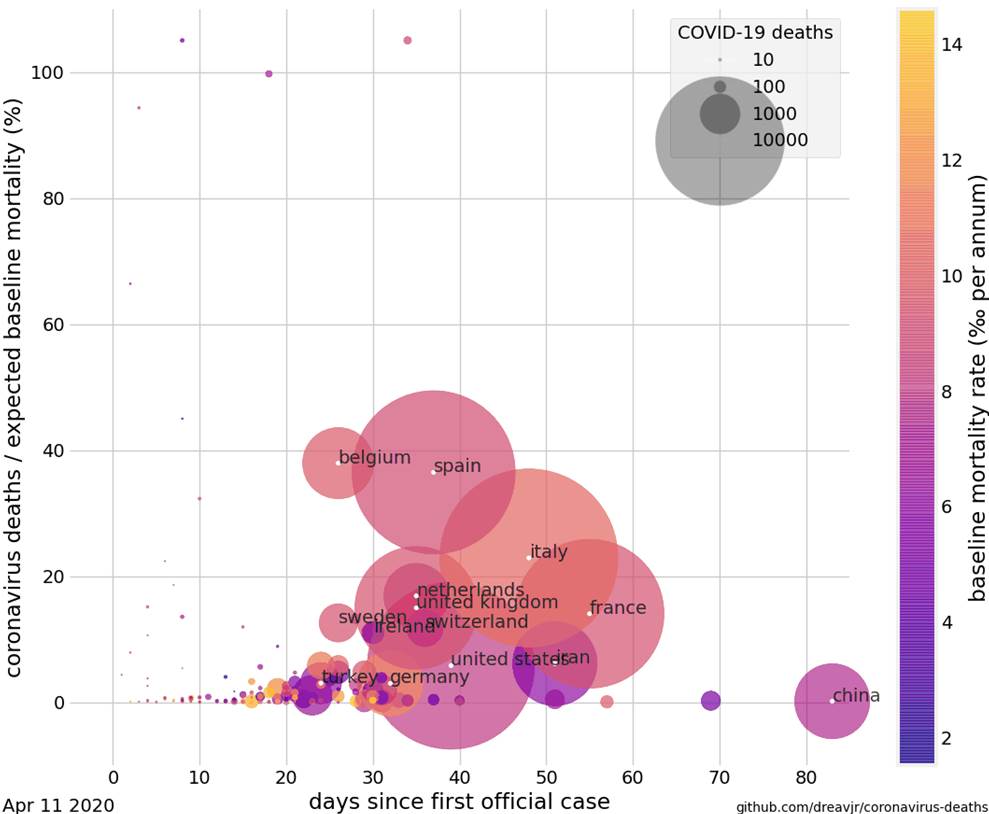Numbers, tool to use correctly
2020/04/28 Roa Zubia, Guillermo - Elhuyar Zientzia
It should be noted that these days are days full of numbers. Interestingly, we are all looking at the numbers: the infected, the dead, etc. However, these days we have not respected the numbers.

After listening to the numbers they say in the news: let's leave the numbers cold and look at people's stories. And I think they're numbers? Aren't they a human feature? Are they not something created by people?
When I was very young my grandfather told me how the world was from his point of view, to go learning little by little. My grandfather would be the archetype of people in today's news. Fairy, responsible and helping me unfold in the world. For these days the numbers also tell me how the world is, from their point of view, so that I learn to adapt to a serious illness. How and how much the epidemic spreads. Whether the risk is high or low. Numbers are one of the best ways to look at the extent of this disease. It is not the only way, but one of the main ones. Like my grandfather, when I was little.
But there is a big difference. My grandfather arranged well explaining things to me. I made a great effort to convey the message correctly. Numbers are tools. Since I have to know how to use the hammer, I have to know how to use and interpret the numbers. It is everyone's job. They are not hidden treasures of specialized mathematicians, they are common tools that we should all know how to use.
We should all know that percentages are not useful if whole numbers of amounts are not given. That is, if today 1,000 people have been contaminated, 2%, are 20. But if 2,000 have been contaminated, 2% is not equal to the previous 2%. Now there are 40 people, double. It is not possible to compare the percentages if we do not know what the absolute numbers are. Therefore, in news reports we cannot say that “yesterday there were 3.6% more pollutants and today 3.5% more. Therefore, they have become less polluted.” No! the numbers should be read correctly. And that's just an example.
We have to understand what the numbers they give us indicate. If the number of deceased has a downward trend (for example throughout the week), although one day increases, the trend may not have changed. A single data does not alter the trend of many numbers. In an epidemic, like almost anything we measure, numbers go up and down, which does not mean that the overall trend changes every day. The waves rise and fall even at low tide. That is understood, right? Well here, the same. We respect the numbers and use them as they should be used, because they are necessary, because they tell us how the world is and because they are the only ones who tell us how the evolution of this pandemic is. In short, the numbers are the patrimony of all.

Gai honi buruzko eduki gehiago
Elhuyarrek garatutako teknologia





